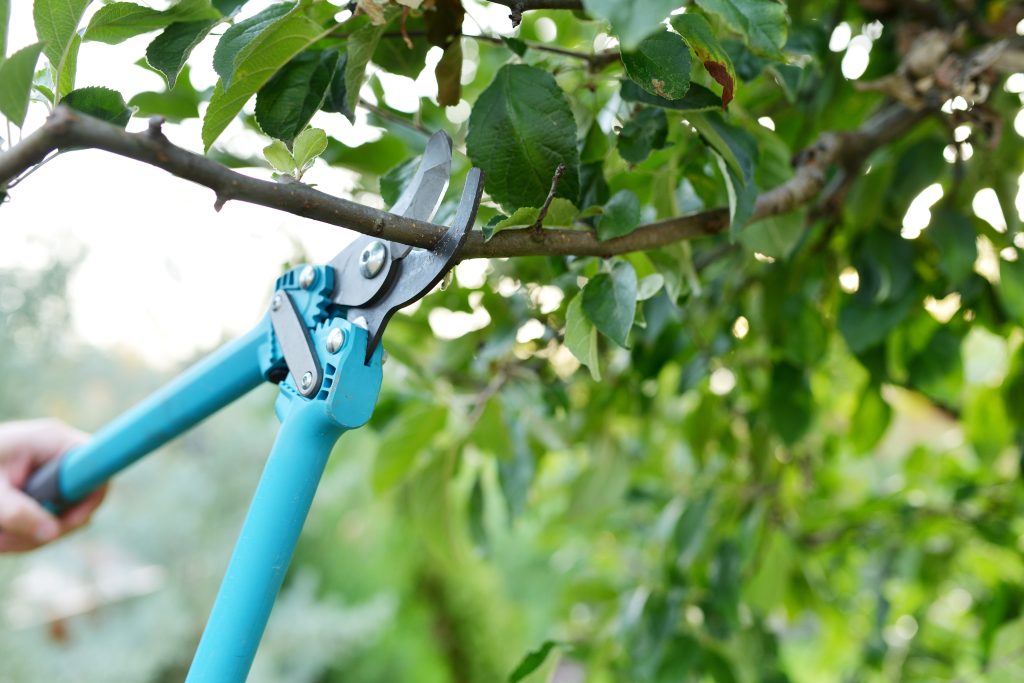Don’t Forget Your Trees
Keeping a yard alive in Texas can be tough. Most of us know our lawns need regular watering to survive, but we often assume trees can take care of themselves. In reality, even mature trees suffer in extreme heat and drought, and a tree in distress is more vulnerable to pests, disease, and storm damage. Here’s how to help them thrive.
Water Wisely
Newly planted trees need weekly watering until they have had a few years to establish deep roots. While mature trees are usually fine on their own, they need support during drought and heat waves. Unless there’s significant rainfall, aim for about 30–40 gallons per month per mature tree, especially if it’s in full sun or near concrete. Water deeply once a week rather than a small amount each day, which can encourage shallow root growth.
Watering early in the morning or late evening reduces evaporation. Use a slow trickle from a hose a foot from the trunk for 30 minutes, place a sprinkler on either side for 15 minutes, or slowly pour from a bucket at the base.
Mind Your Mulch
Mulch helps regulate soil temperature and retain moisture, which is crucial in the summer. After weeding, spread a 2-inch layer of organic mulch around your tree to the radius of the canopy, keeping it at least a few inches away from the actual trunk to reduce the risk of introducing pests or rot. To give your tree an extra boost, apply fertilizer before mulching.

Prune Lightly
Avoid heavy pruning in summer; it adds stress when your tree is already under pressure. It’s still a good idea, though, to remove dead or damaged branches or limbs that threaten structures. You can also thin branches between closely spaced trees to improve sun exposure. Keep cuts under an inch wide and seal them with latex paint to deter insects.
Check for Trouble
Inspect your trees regularly for signs of stress, such as discoloration, damage, oozing, or pest activity. Summer leaf yellowing may indicate that your tree is suffering from heat stress, underwatering, or overwatering; check the soil moisture below the surface. If you aren’t sure why your tree seems to be in distress or if symptoms don’t resolve, consult a professional arborist.
Texas summers are no joke, but with regular care — watering, mulching, light pruning, and inspection — you can help your trees stay healthy, resilient, and beautiful year-round.
Some varieties will fare better in Texas than others. Consult our guide to growing fruit trees before making a purchase.
© 2025 Texas Farm Bureau Insurance



